Matcha is celebrated for its vibrant color, earthy flavor, and deeply rooted cultural significance in Japanese tea tradition. But here's a lesser-known fact: matcha also contains protein. While it's not a protein powerhouse like beans, lentils, or whey powders, matcha’s protein content adds yet another dimension to its impressive nutritional profile. So, how much protein is in matcha, and can it contribute meaningfully to a balanced diet? Let’s dive in.
What Is the Protein Content of Matcha?
In its pure powdered form, matcha contains approximately 1 gram of protein per gram of powder. A typical serving about 1 teaspoon (roughly 2 grams) offers around 2 grams of protein. While that may seem modest, it's worth noting that matcha is usually consumed in small quantities. Still, this protein comes in the form of amino acids, including L-theanine, which is known for its calming effects.
Ceremonial grade matcha (紹蕊茶, shokyuu-cha) retains the highest quality leaves and thus offers the most concentrated nutritional benefits, including its natural protein content.
Matcha vs. Other Protein Sources
Matcha doesn't compete gram-for-gram with high-protein staples like eggs, beans, meat, or hemp hearts. However, compared to other beverages, including green tea and black tea, matcha ranks significantly higher in protein. When mixed with milk or a plant-based alternative in a matcha latte, the overall protein intake increases especially if fortified with plant-based protein powders.
| Food/Drink | Protein (per serving) |
|---|---|
| Matcha (2g powder) | ~2g |
| Steeped green tea | <1g |
| Egg (1 large) | ~6g |
| Lentils (1/2 cup) | ~9g |
| Almonds (28g) | ~6g |
Boosting Your Protein with Matcha
Looking to enhance your protein intake with a flavorful twist? Try adding matcha to your protein shake, smoothie, or post-workout recovery drink. Blend it with ingredients like:
- Chia seeds
- Hemp hearts
- Almond butter
- Leafy greens
- A scoop of your favorite protein powder
These combinations not only increase your protein but also add fiber, healthy fats, and the calming alertness associated with matcha’s L-theanine and caffeine synergy. Many fitness enthusiasts are now reaching for a matcha protein smoothie as a refreshing alternative to standard pre- or post-workout drinks.
FAQs: Matcha and Protein
Can matcha replace protein powder?
Not exactly. Matcha contains protein, but not enough to replace a dedicated protein supplement. It works best as a nutrient-rich complement.
Is matcha good for muscle recovery?
Research suggests that matcha’s antioxidants and amino acids may support post-exercise recovery when paired with other protein-rich foods.
Can I mix matcha with whey or plant-based powders?
Absolutely! Matcha blends beautifully into both whey protein powders and plant-based protein powders, especially in shakes, smoothie bowls, or even matcha pancakes.
More Than Just Protein: Matcha’s Nutritional Benefits
Protein is just the start. Matcha is packed with:
- EGCG (epigallocatechin gallate), a powerful antioxidant
- L-theanine for calm focus
- Catechins and chlorophyll for detoxification
- Vitamins A, B-complex, C, E, and K
- Minerals: potassium, calcium, magnesium, zinc, and iron
This unique combination may contribute to better energy, digestion, skin health, and mindfulness.
Elevating the Experience: Matcha in Artisan Tableware
Enjoying matcha in a beautifully crafted chawan (茶碗, tea bowl) or sipping a post-workout matcha shake from a hand-glazed ceramic cup turns your healthy habit into a sensory ritual. Whether you're whisking up ceremonial matcha or blending a modern matcha protein smoothie, using authentic Japanese tableware deepens your connection to the cultural roots of this iconic drink.
 Final Sip
Final Sip
While matcha won't replace your protein powder, it offers a meaningful boost of amino acids, antioxidants, and other nutrients that complement a balanced diet. Its versatility means you can enjoy it in traditional tea ceremonies or modern, protein-packed smoothies. And when served in authentic Japanese cups or bowls, each sip becomes an act of mindful nourishment.


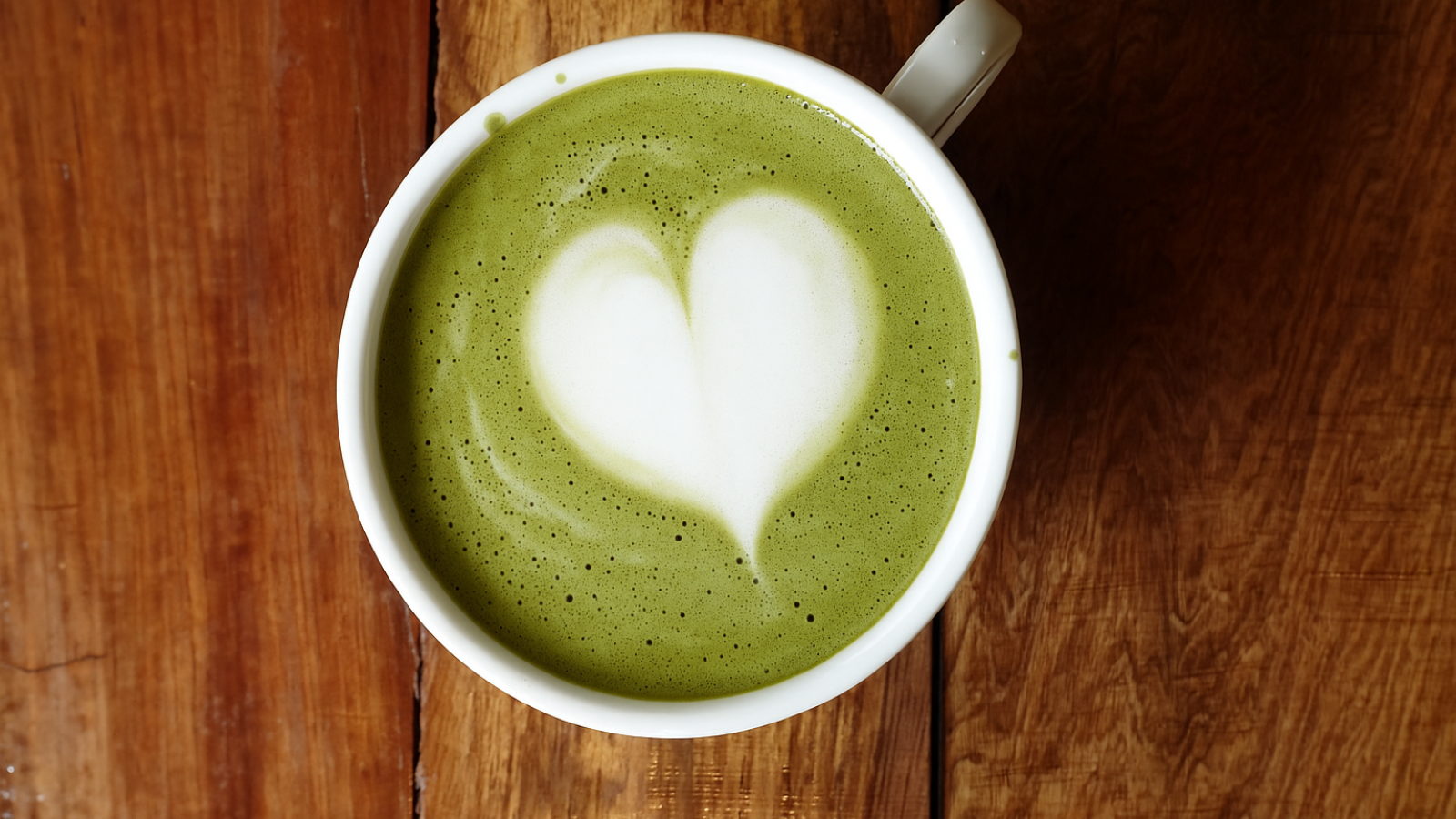

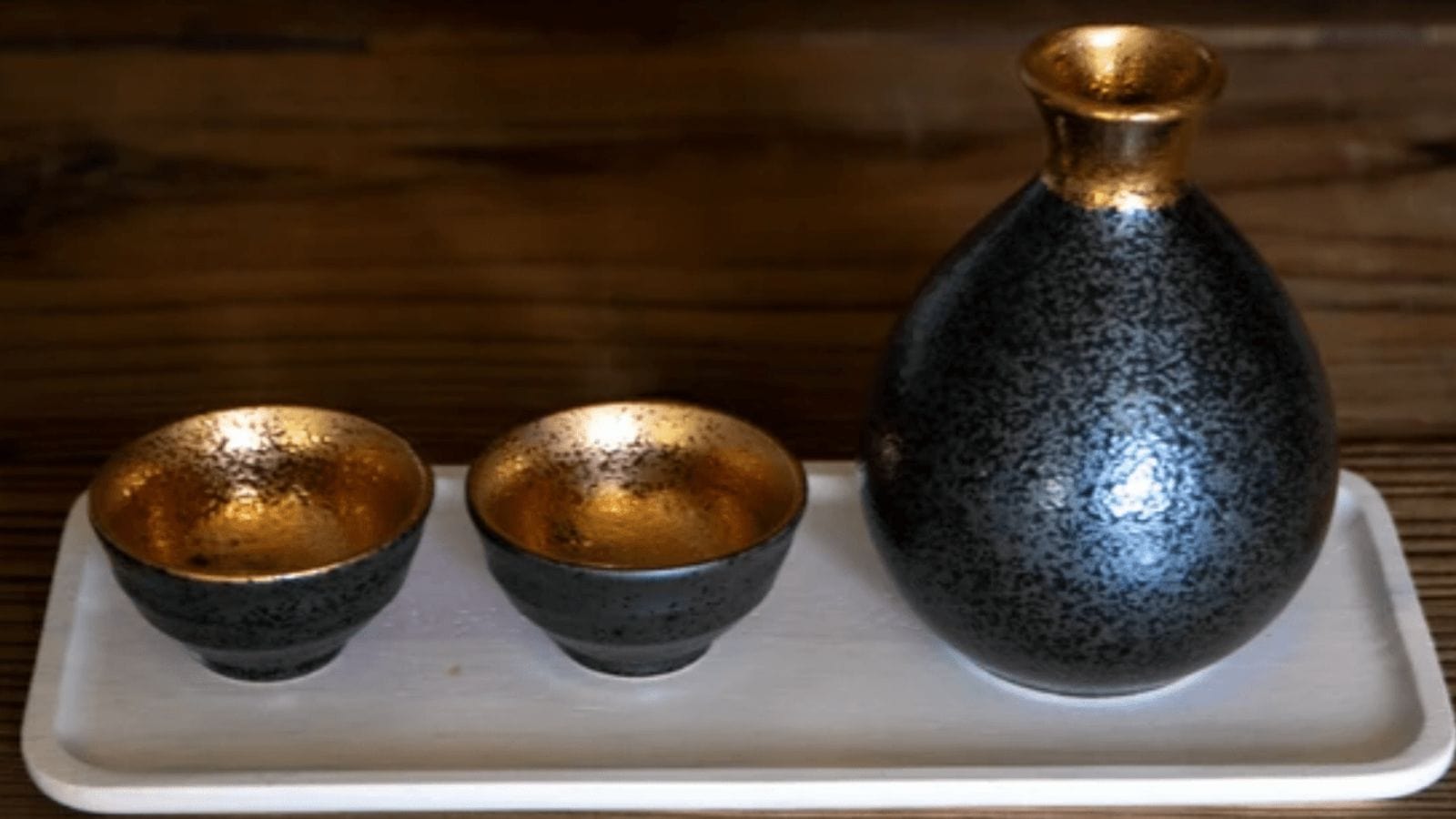
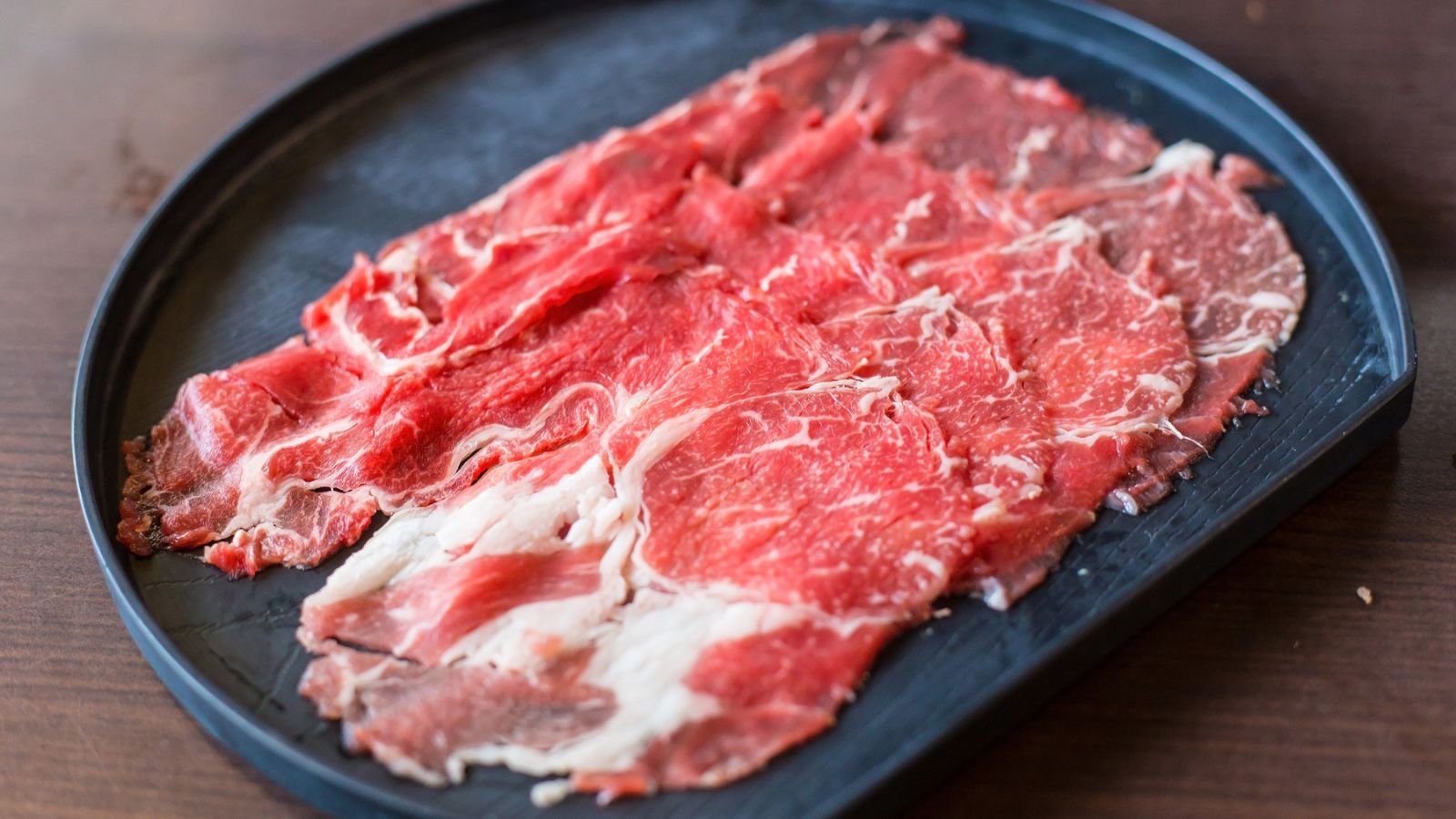
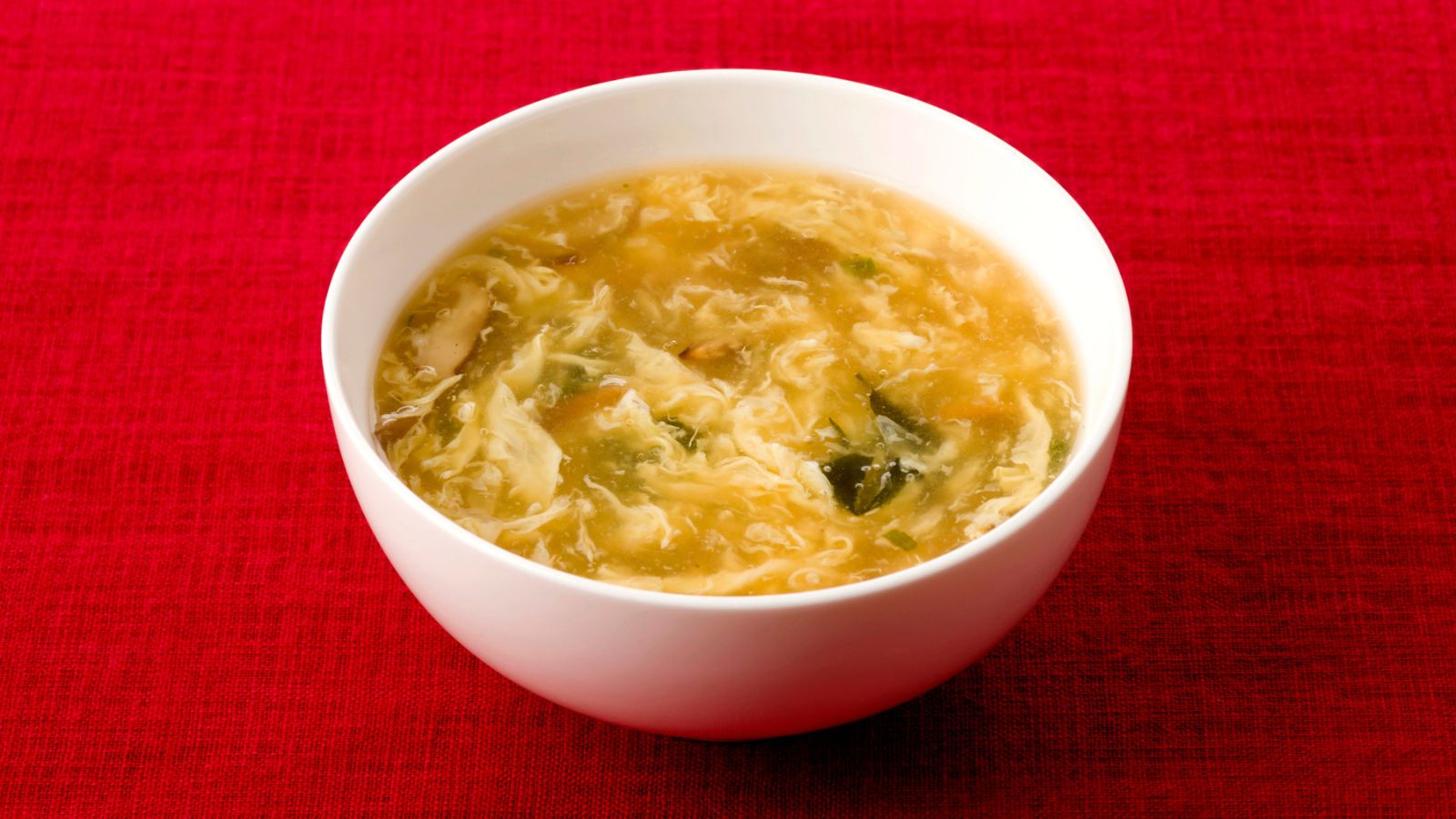
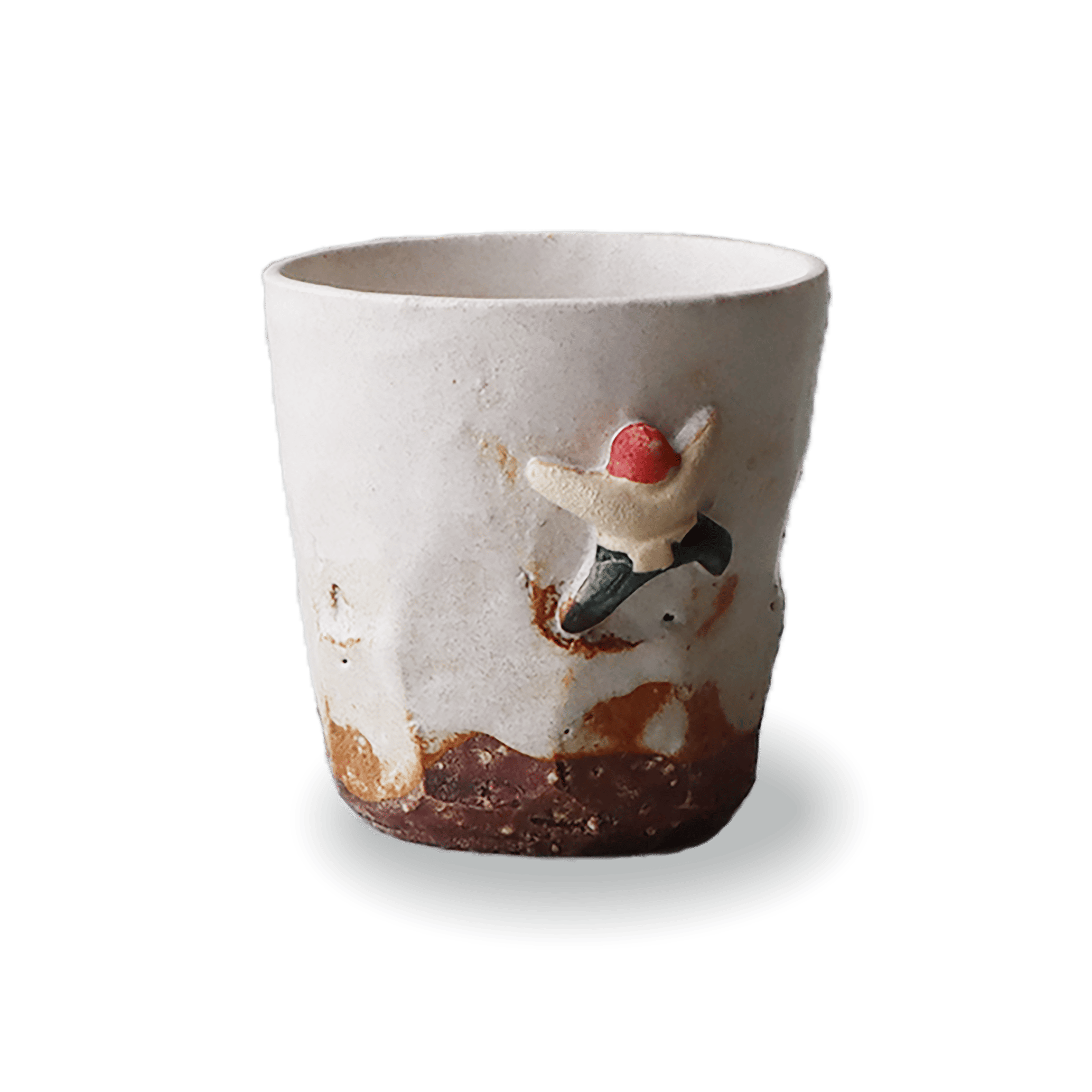
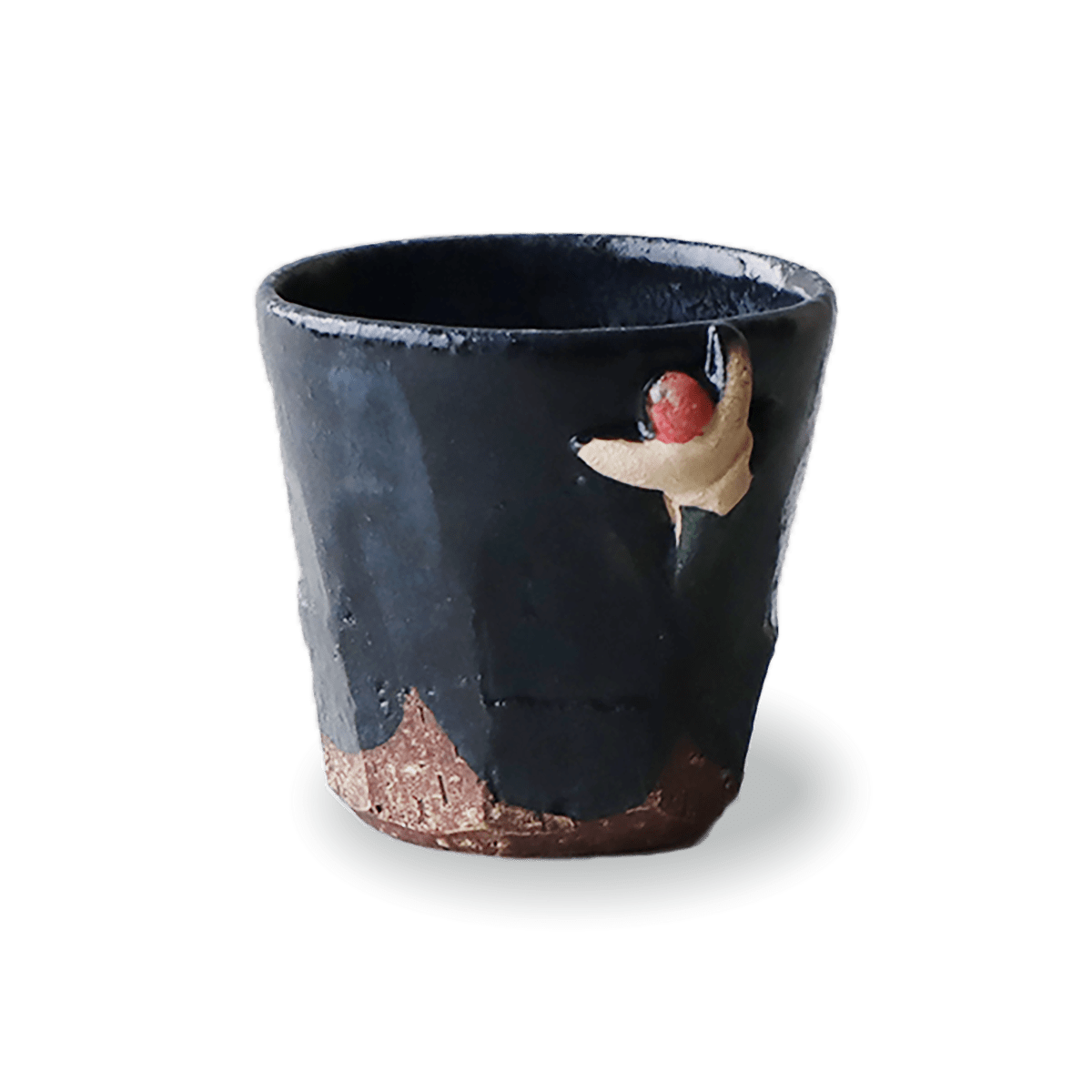
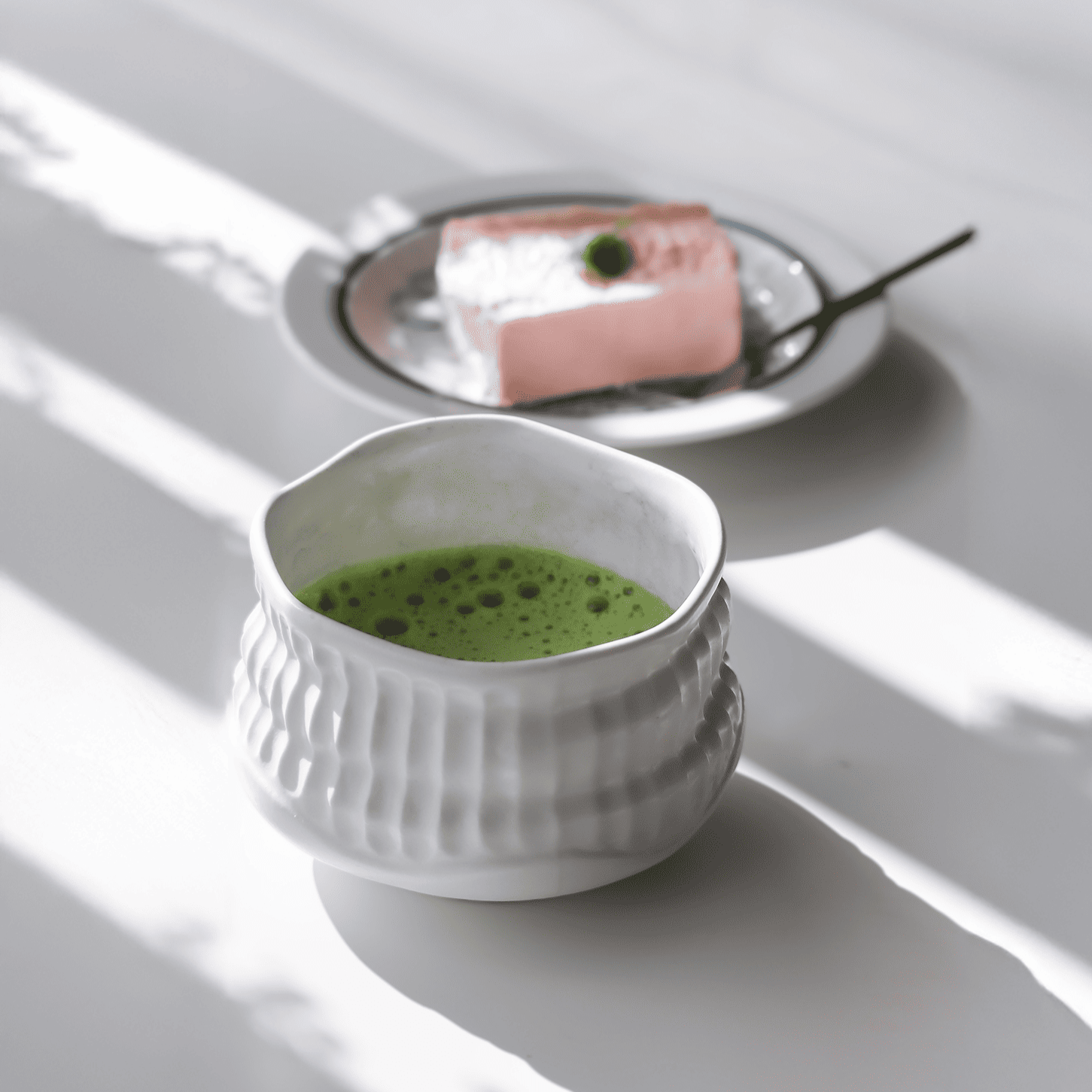
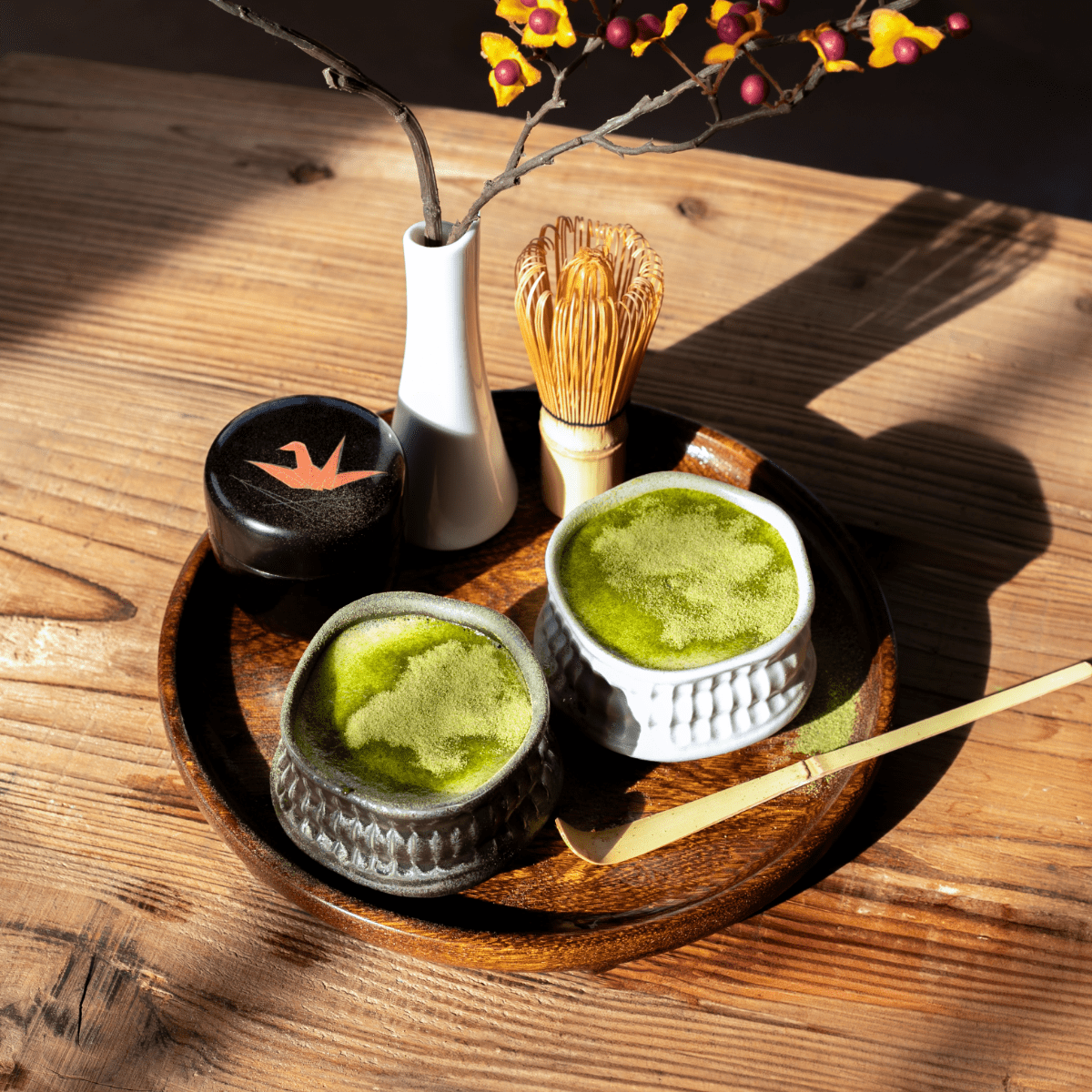
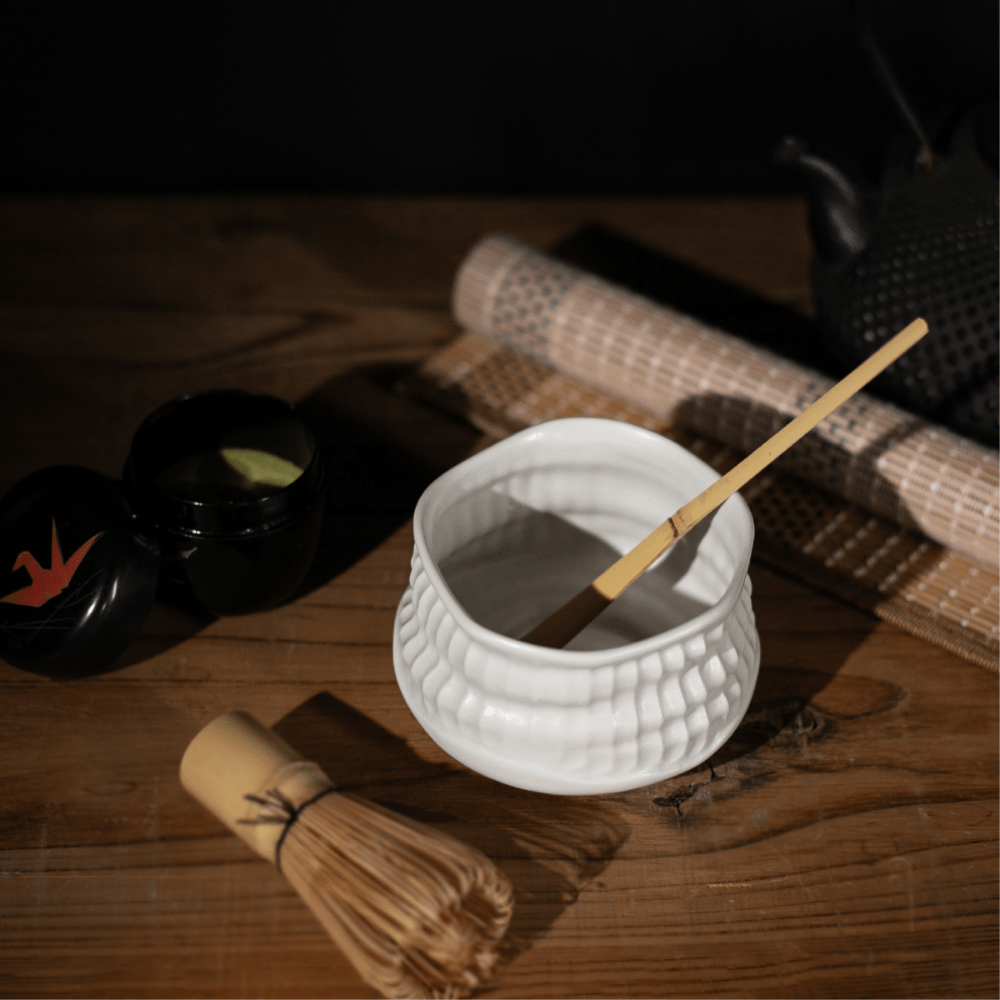
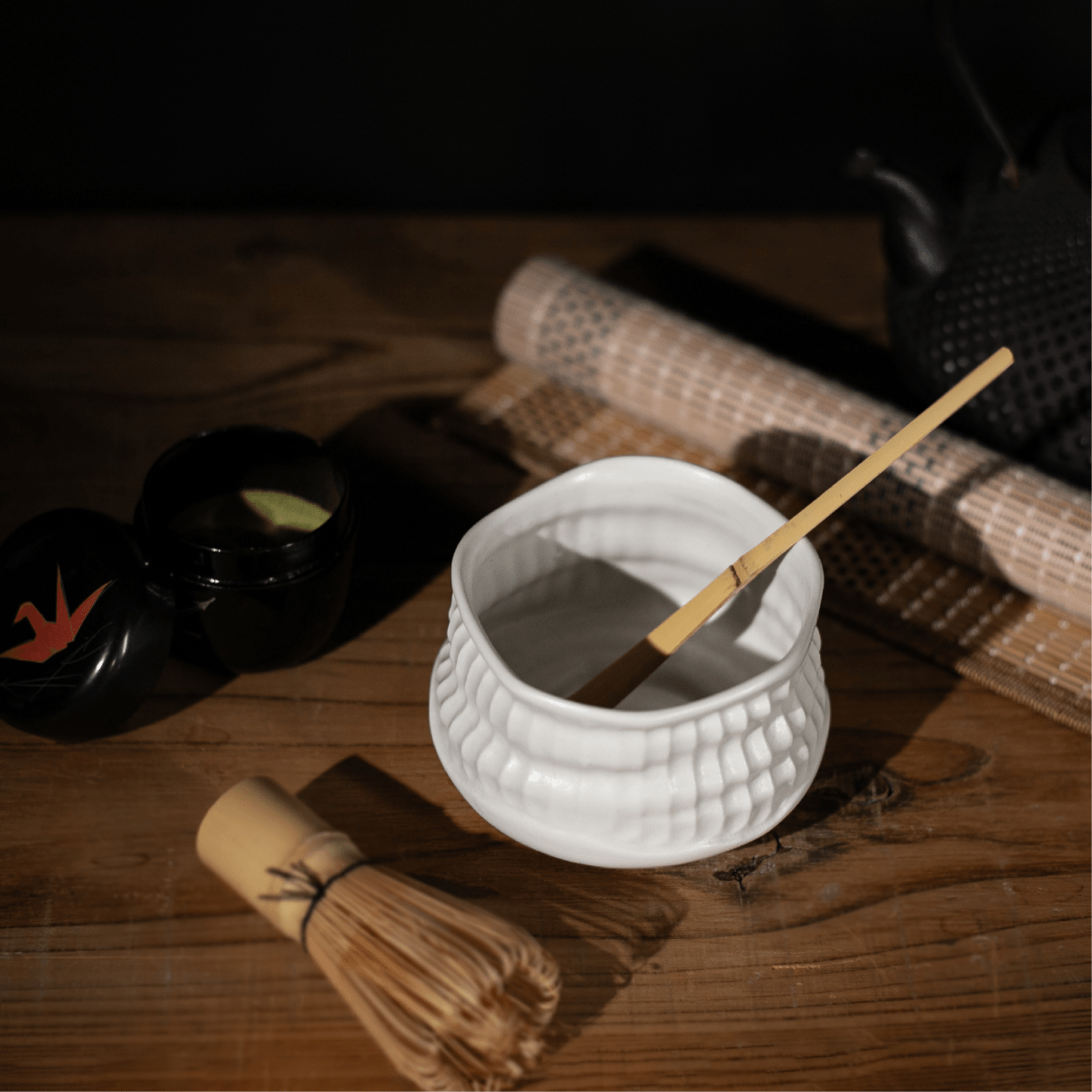
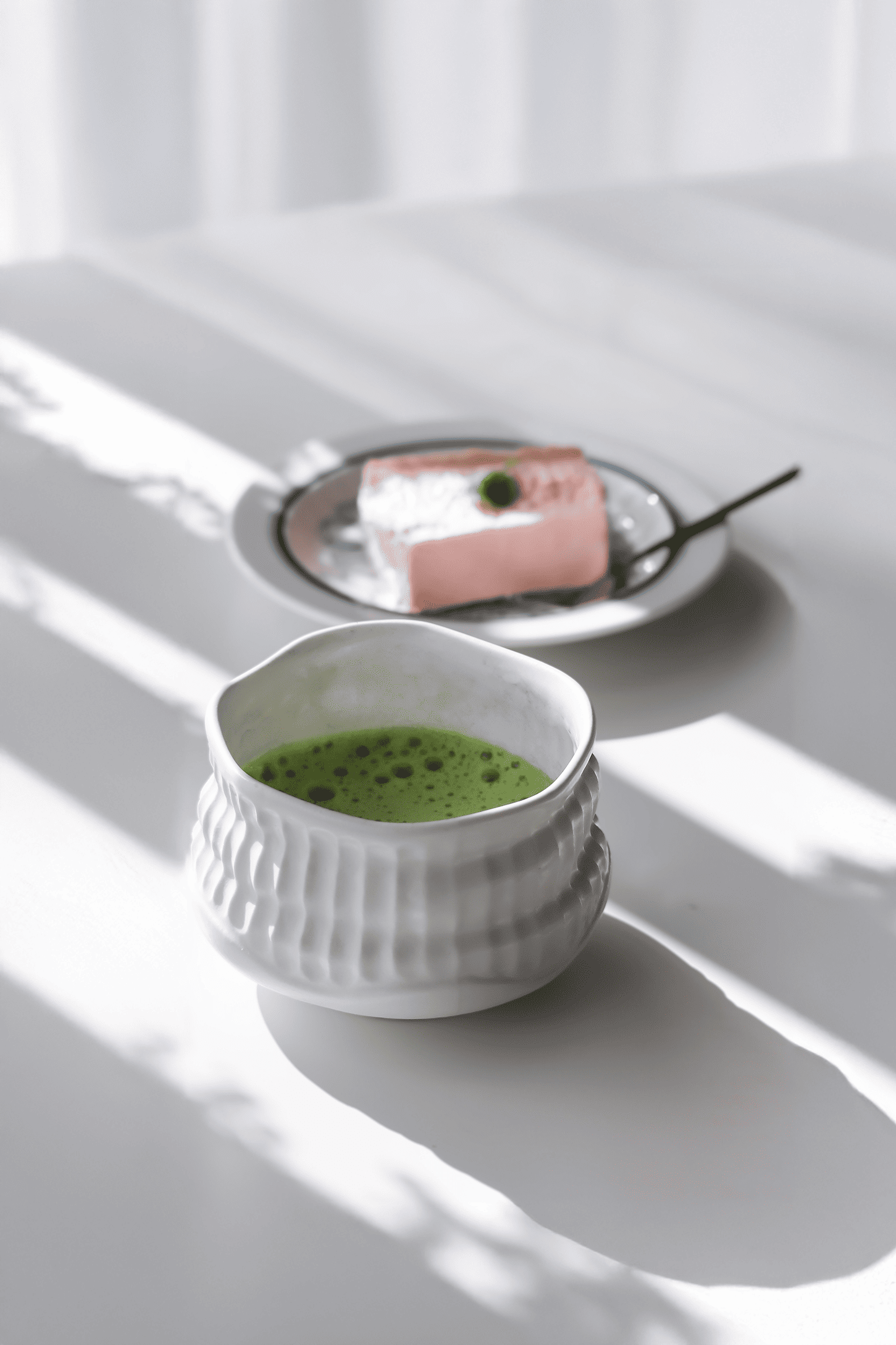
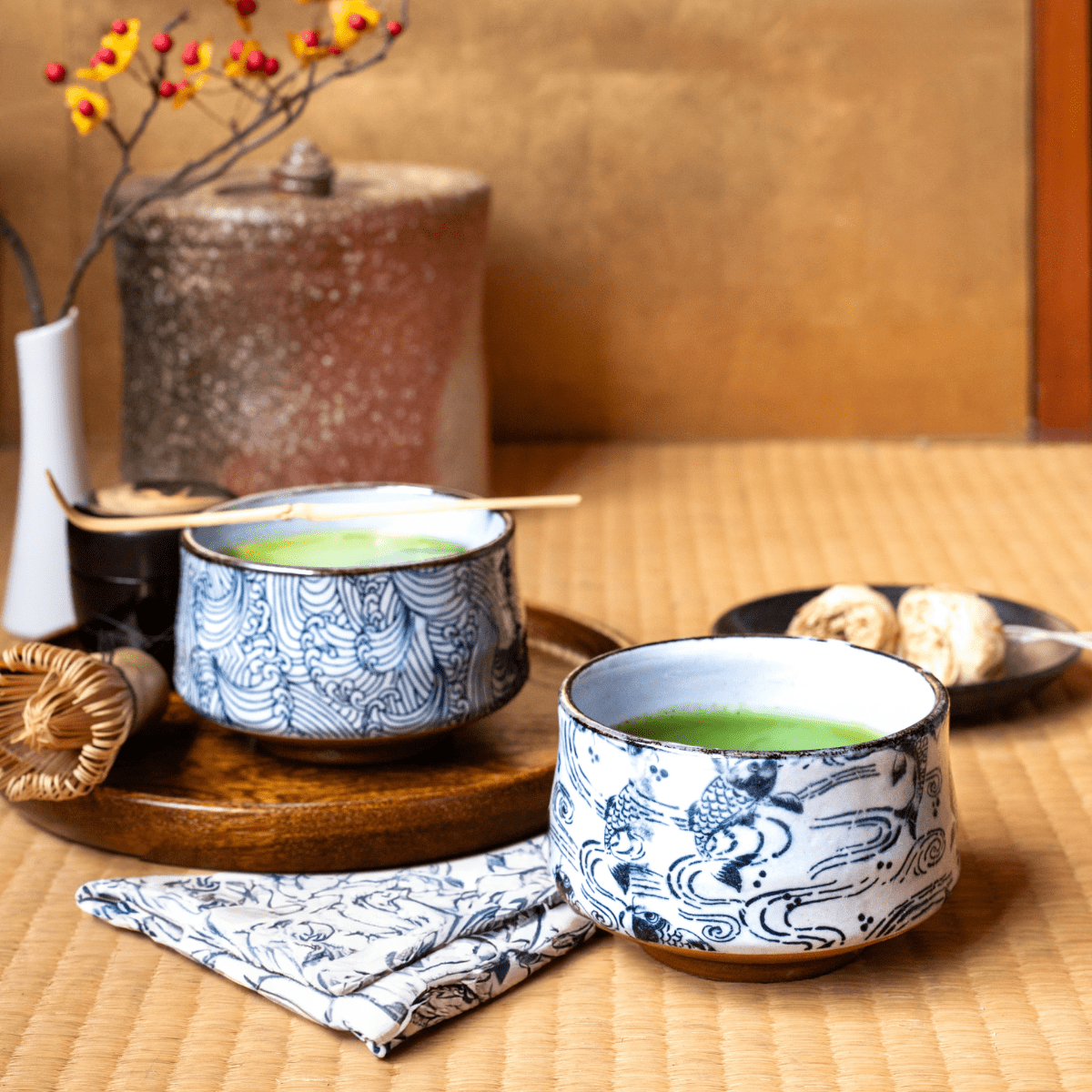
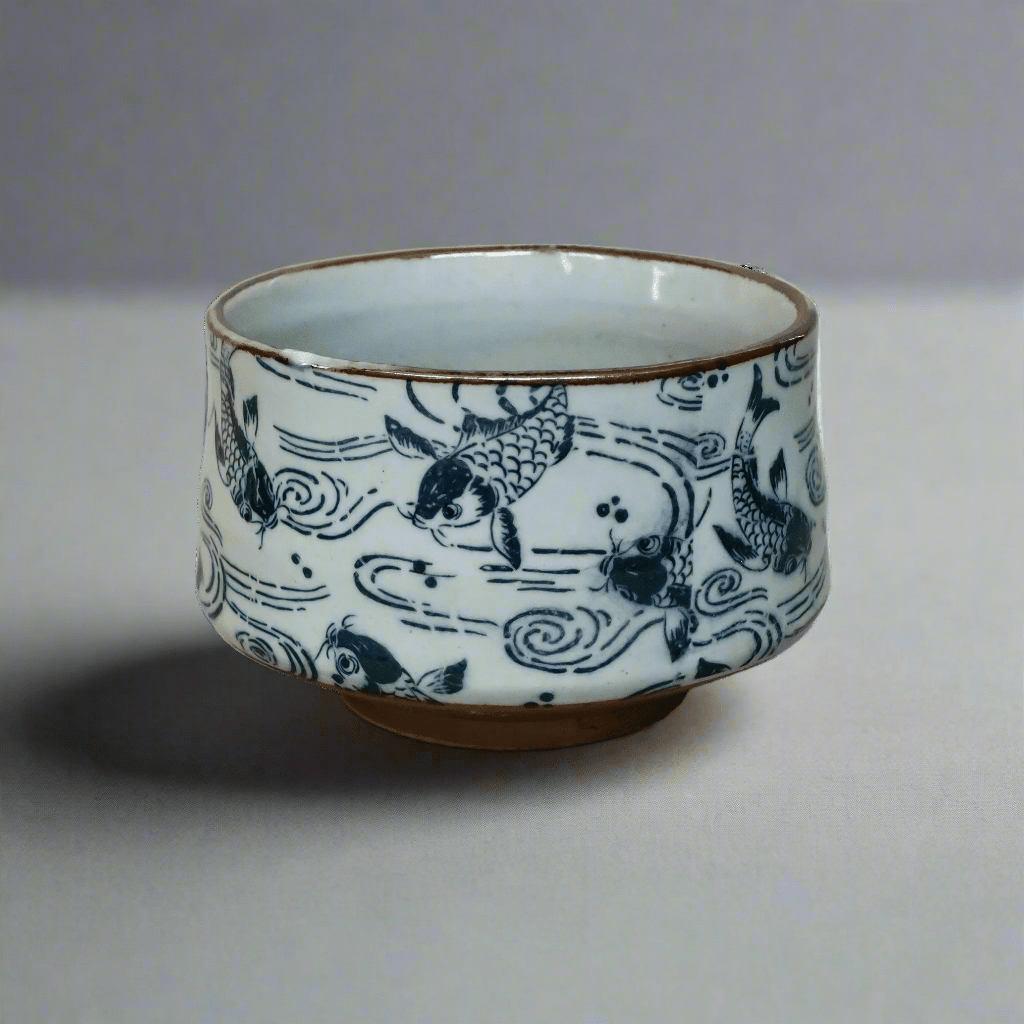
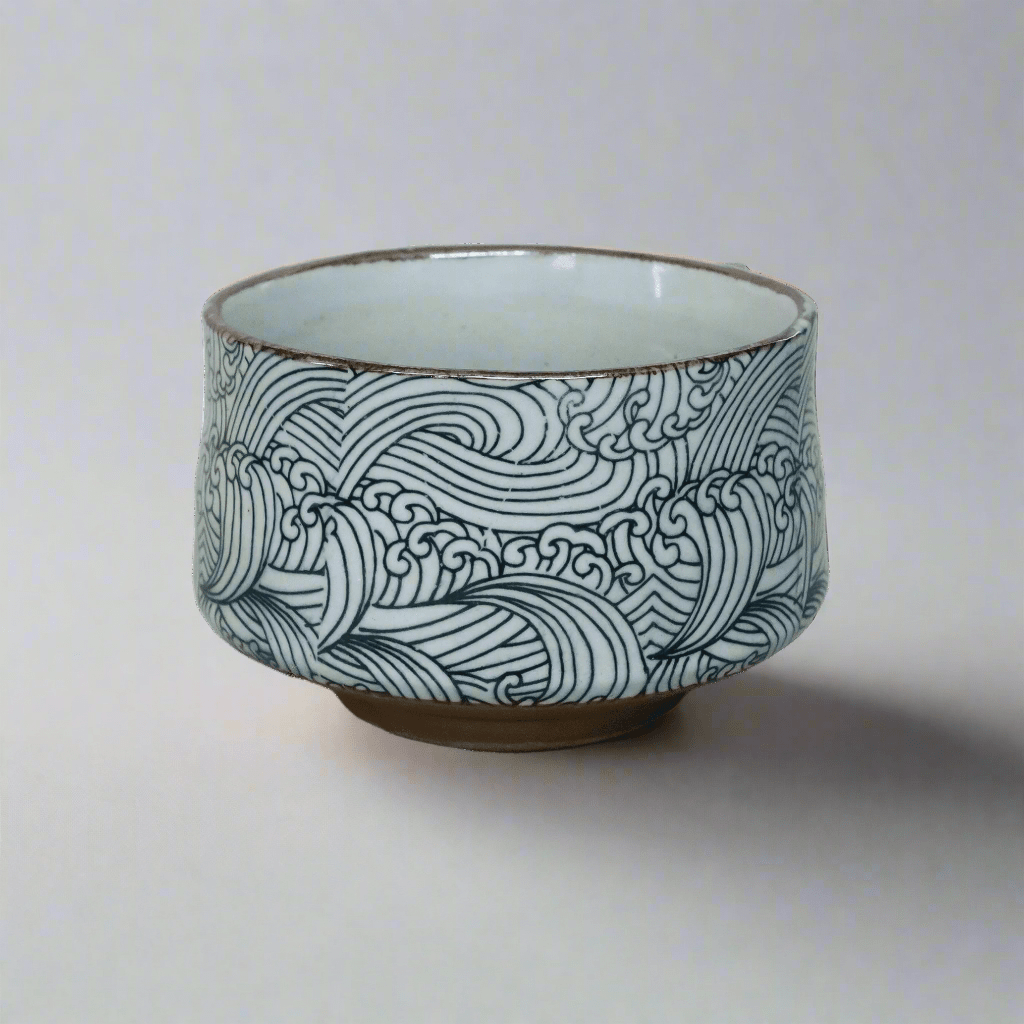
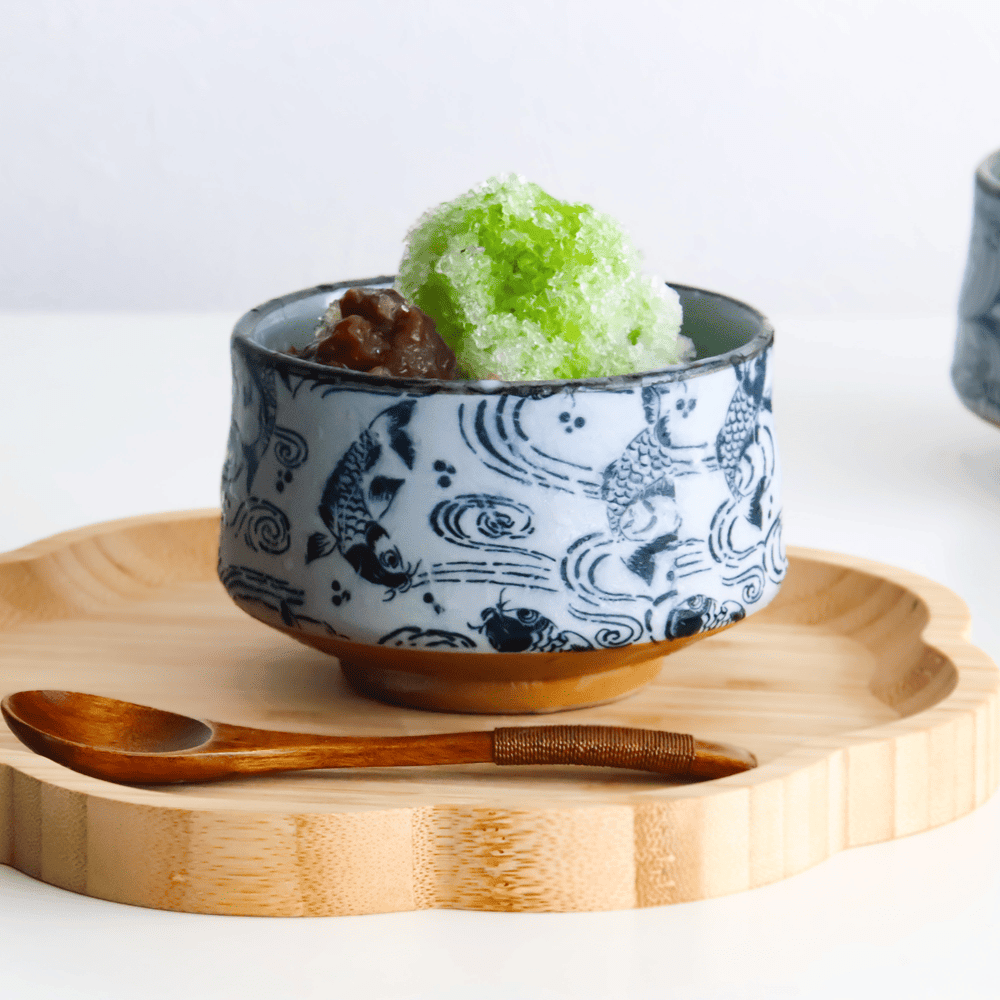
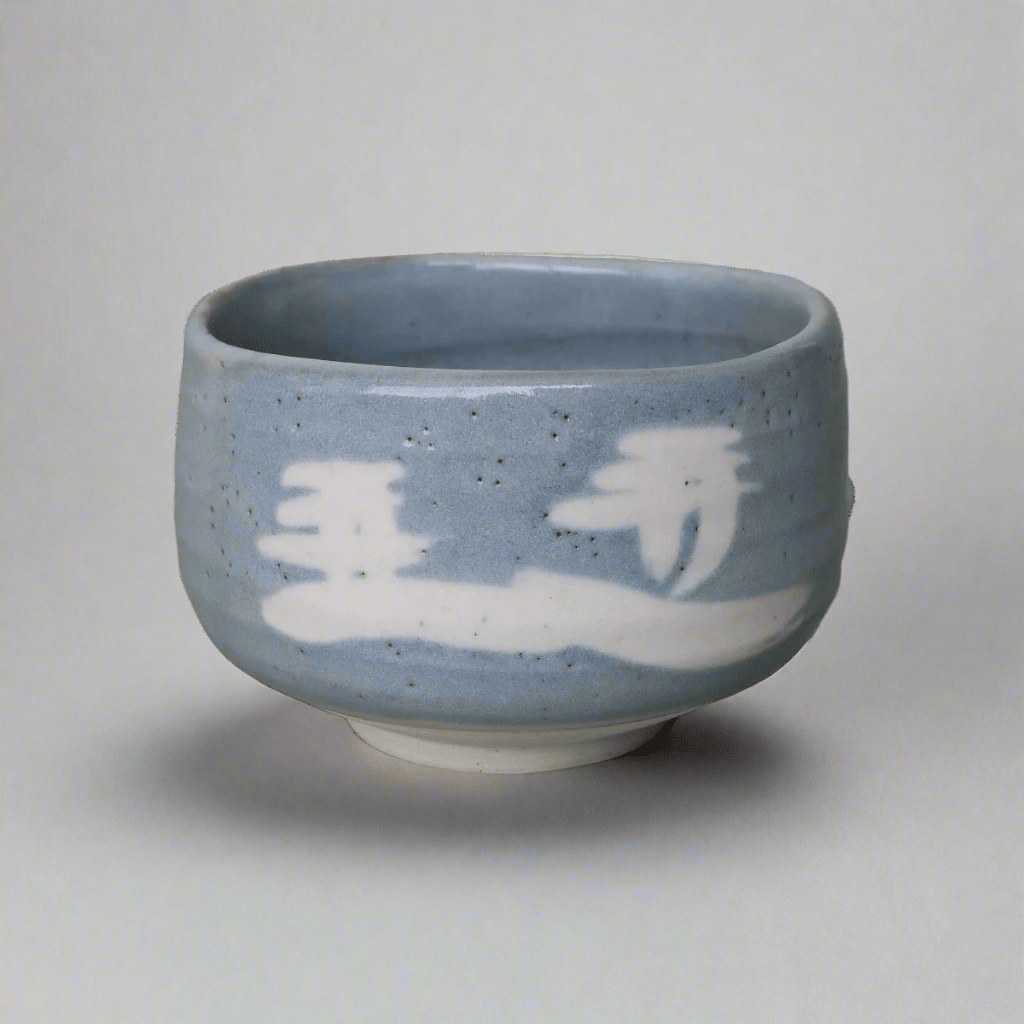
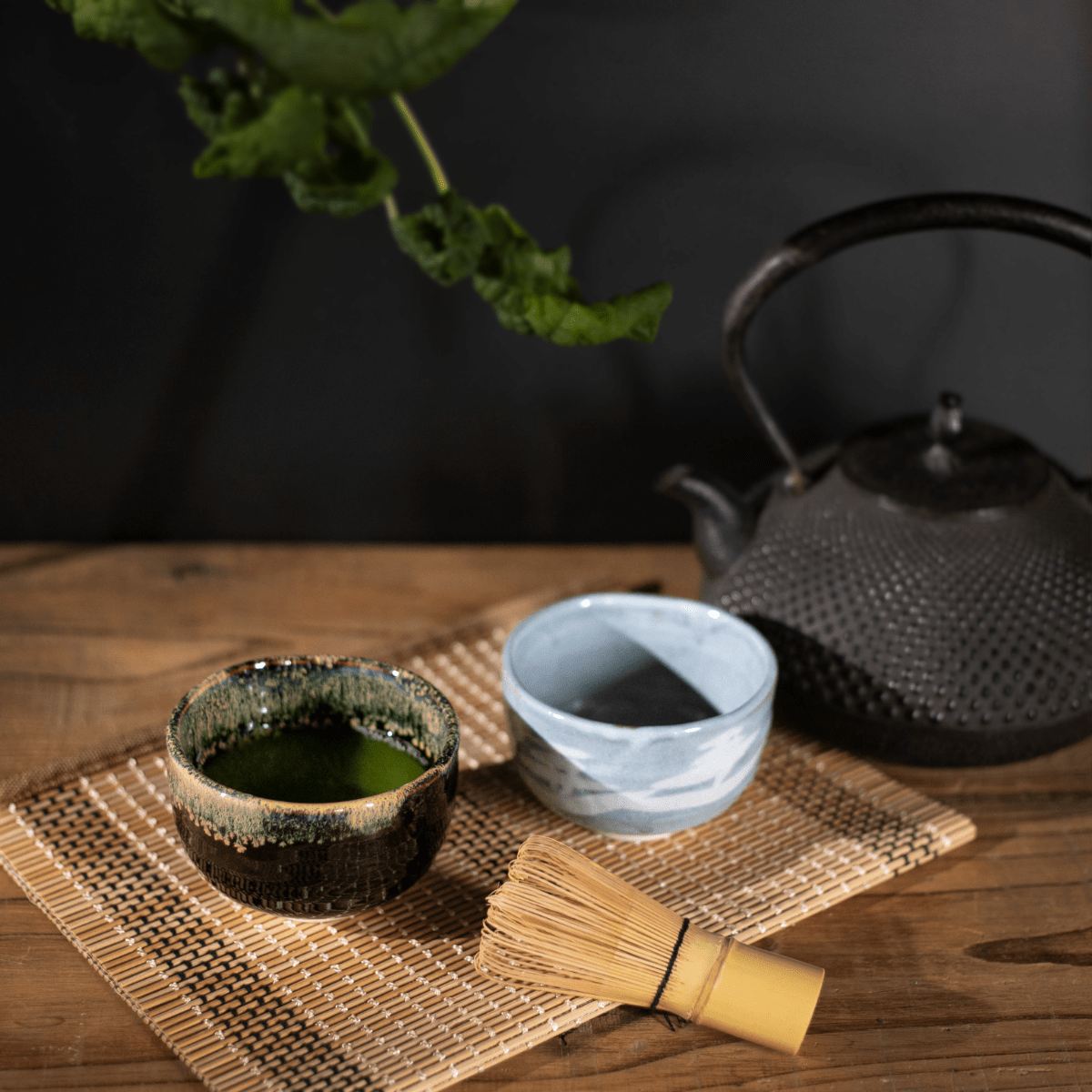
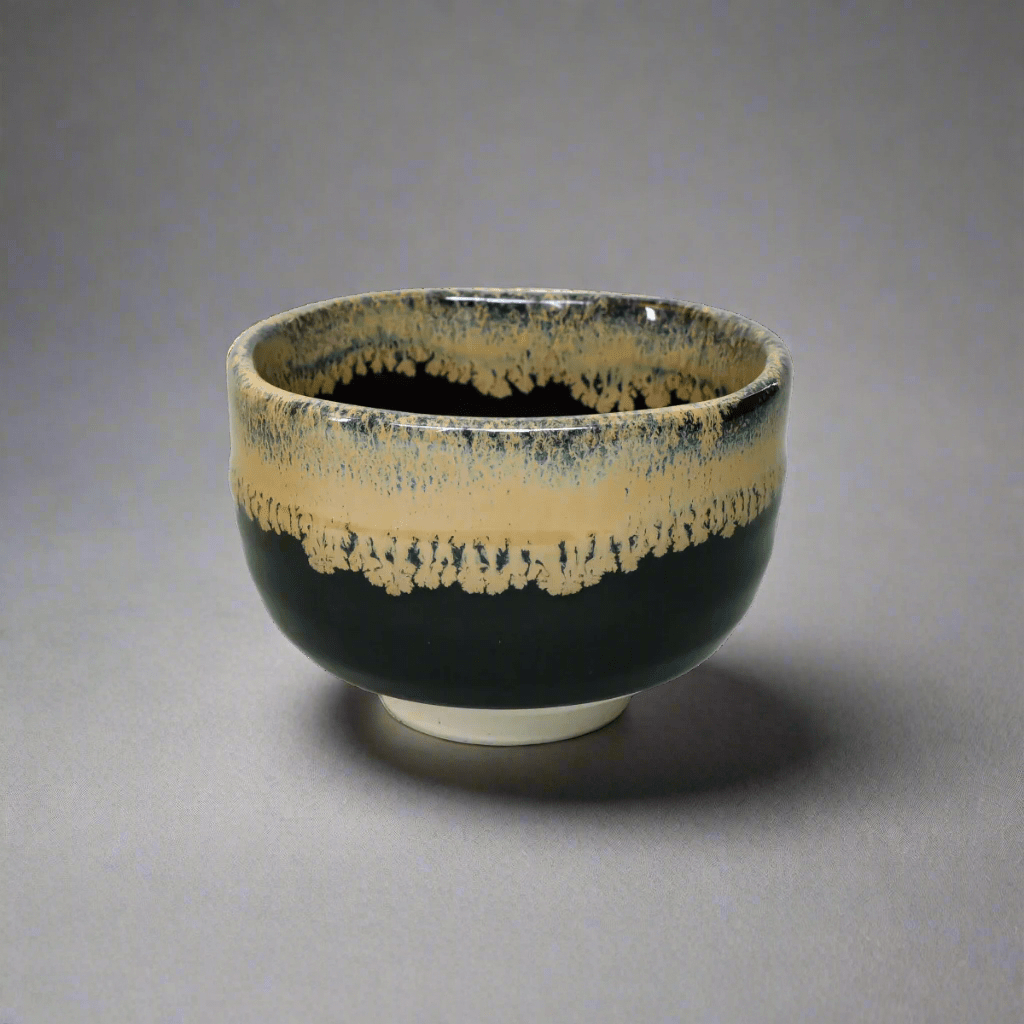
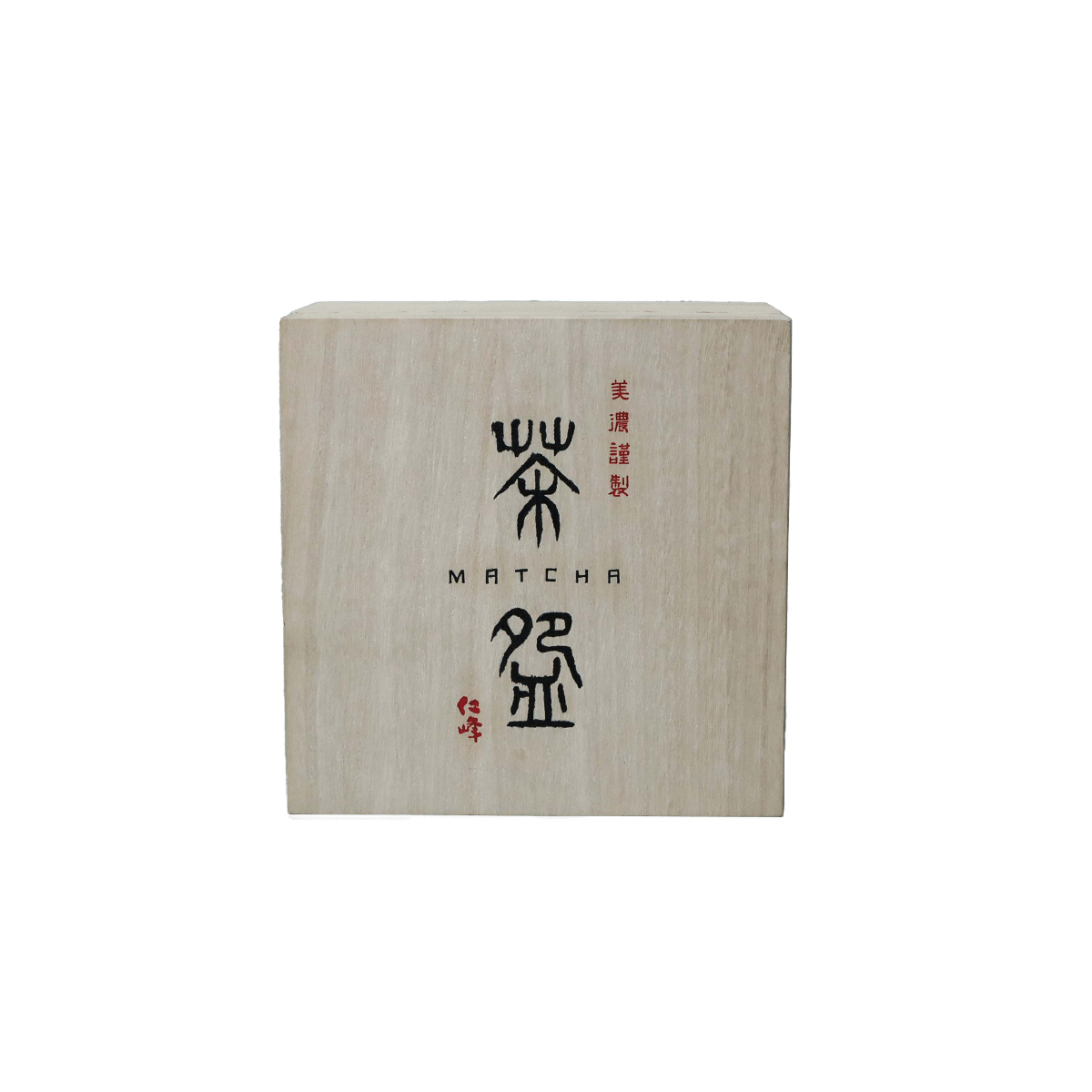
Share: